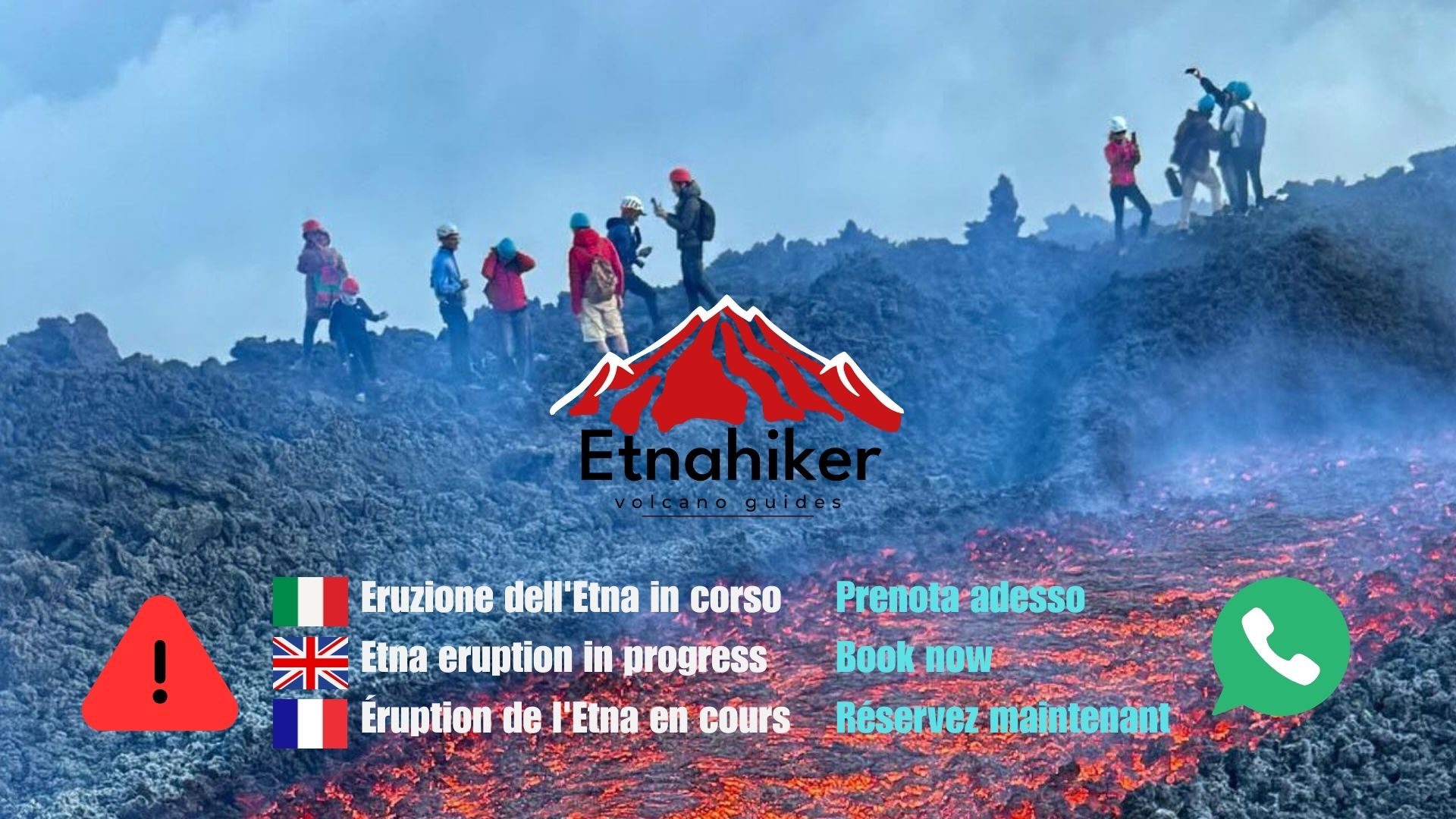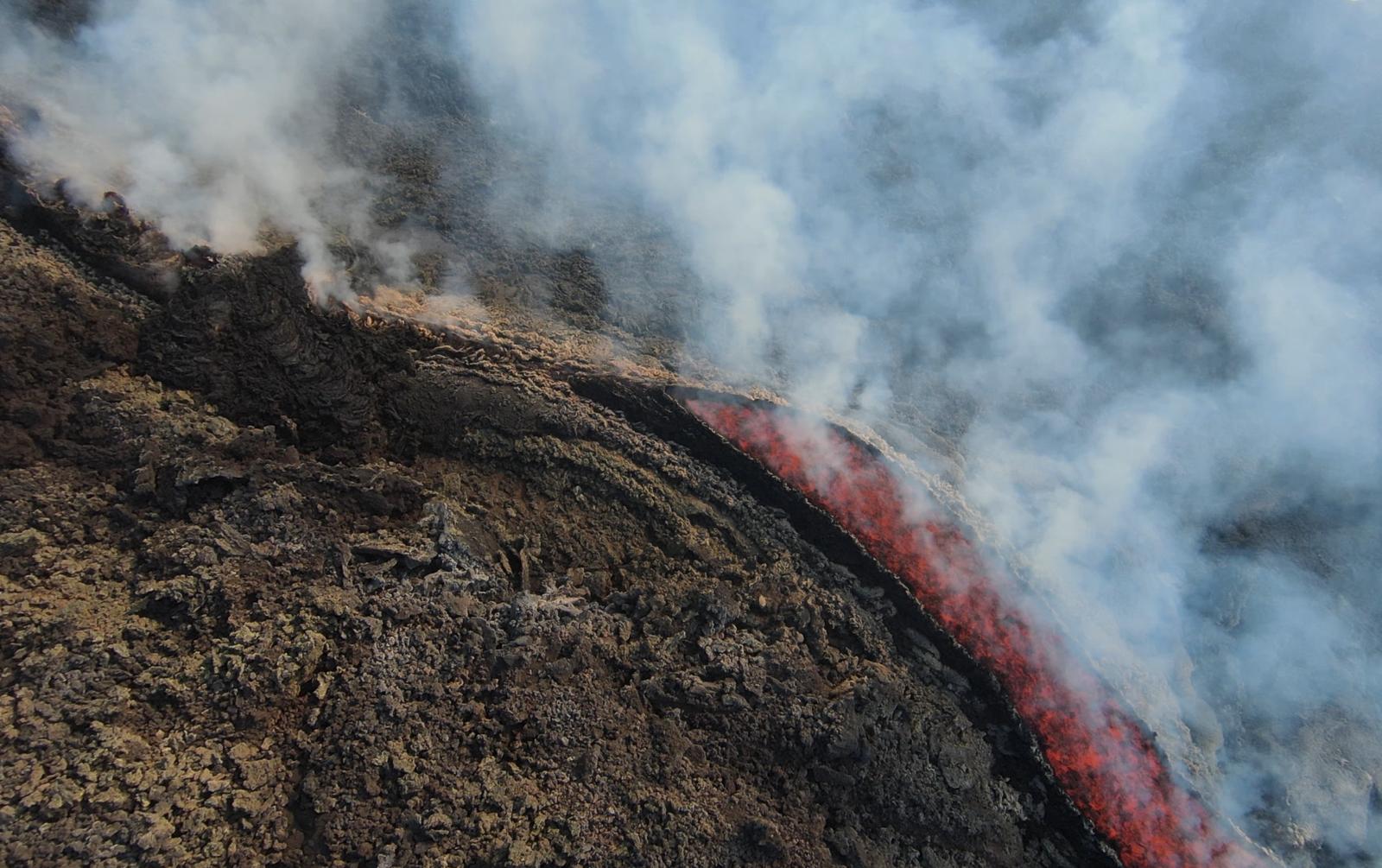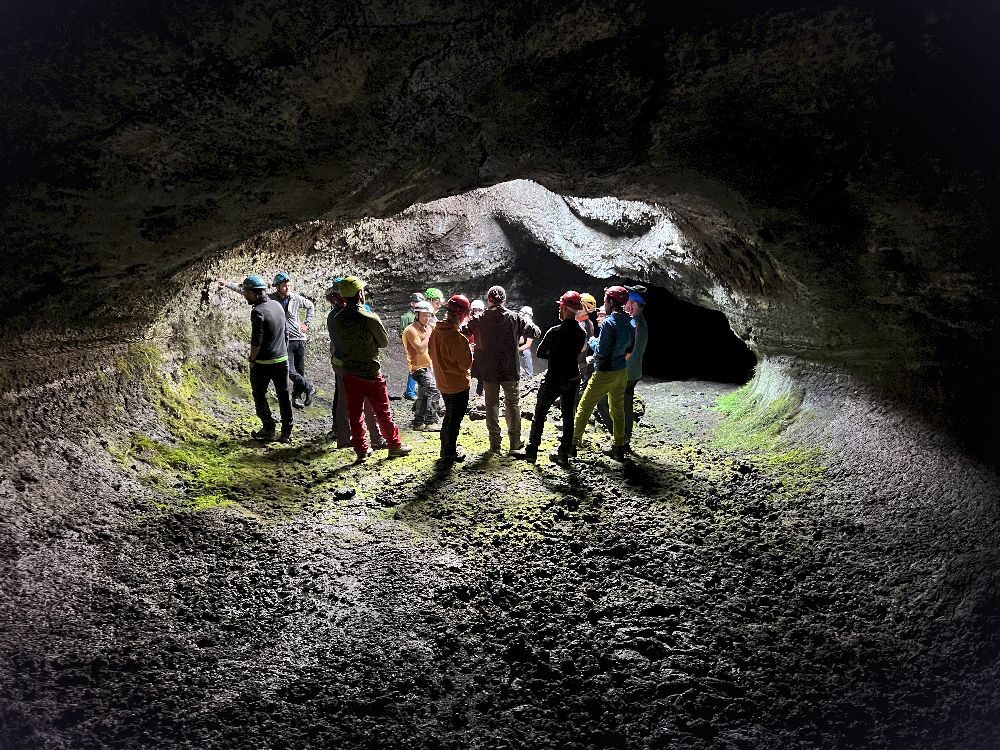If you are passionate about naturalistic tourism, hiking activities or wishes to know more closely the volcanic phenomena of Etna, the Hornitos represent an unmissable discovery. These fascinating solidified lava cones are among the most suggestive symbols of the volcano active in Europe, offering a unique opportunity to explore the volcanic activity of Etna in a safe and engaging way.
What is a hornito and why is it such a fascinating volcanic phenomenon?
The Etna Hornitos are solidified lava structures that form during the eruptions of the active volcano. These small conical cones emerge in the lava scroll areas, representing an exceptional example of volcanic activity and how magma solidifies into external environments. For fans of volcanic phenomena, the Hornitos are real natural treasures that testify to the geological processes in progress.
Etna excursions and guided visits to volcanic phenomena
Participating in an Etna excursion is the best way to approach the Hornitos and discover closely the active craters and the peculiarities of one of the most active volcanoes in Europe. The guided tours, conducted by expert geologists, will bring you among breathtaking landscapes, craters and lava scroll areas, revealing the secrets of this authentic backbone of the European volcanic formation.
Vulcanology and training activities on the active volcano
In addition to the trekking and adventure aspect, Etna excursions are also an excellent opportunity to deepen volcanological training. Through educational tours, you can find out how the Hornitos are formed, what are the ongoing processes and why the volcano represents one of the most important natural volcanic activities active in Europe.
Why visit the Etna Hornitos
Hornitos are a show of nature that combines beauty and scientific study. Living this experience means immersing yourself in a unique environment, full of stories of volcanic activity and landscapes that seem to have come out of a science fiction film. If you are looking for engaging volcanic tours, exciting excursions and insights on the formation of Etna's active craters, this is the perfect choice.
Conclusion
Etna Hornitos are the symbol of an active volcano that continues to sculpt the landscape with its powerful activity. Join our guided tours and discover volcanic phenomena, excursions and naturalistic tourism on one of the most fascinating volcanoes in Europe. We are waiting for you to live an educational, exciting and safe adventure between craters, solidified lava and volcanology activities in constant evolution.













